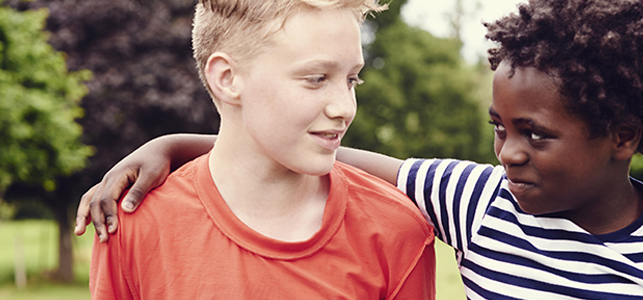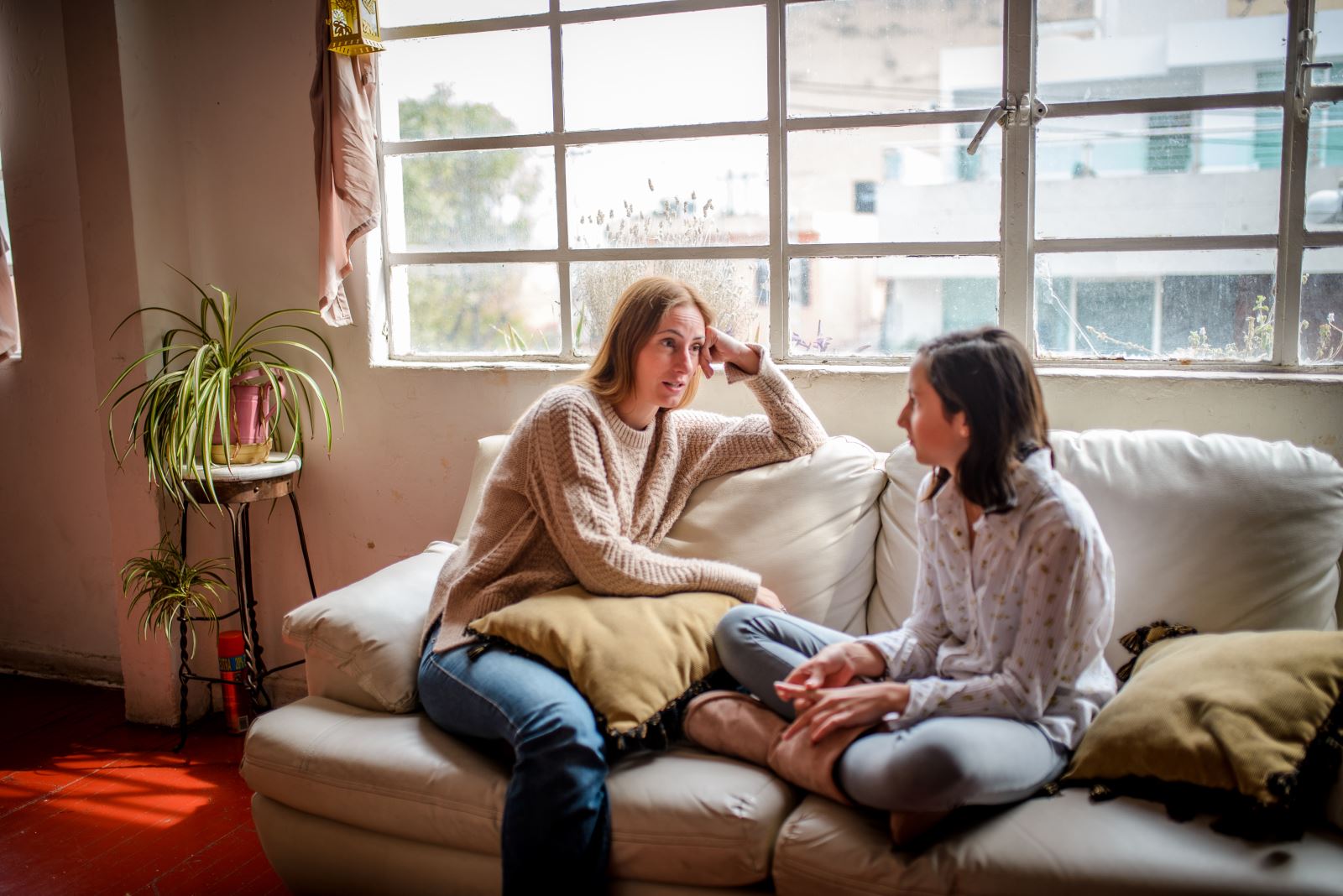
Talking with your kids about racism: How to approach it and why it’s important
Parents are stretched thin, many juggling caring for kids, teaching and working from home to prevent the spread of coronavirus. Coupled with these changed routines is the emotional toll of the racism, tragedy and protests occurring throughout the country. Amidst the busyness of today, let’s not overlook the opportunity we’re being presented with as parents to teach our children about values and equity.
“No child is too old or too young to be taught about values that make them a good global citizen – someone a parent or neighbor is proud to have around and who has a broad outlook that appreciates people’s emotions and feelings which may be different from their own,” says Dr. Bela Sood, child and adolescent psychiatrist.
"This is a golden opportunity for parents to encourage an environment in the home where they talk about how discrimination feels to people, and basic justice and equity are routine topics…so that their children learn to consider these issues in their lives and, better still, walk in other people’s shoes and develop empathy."
How do we address what kids are seeing in the media?
How much media exposure is appropriate has a lot to do with a child’s age and what they’re ready to handle. It’s a good idea to follow the standard operating procedure of limiting children’s exposure to graphic images in the media.
Be aware of what’s on the television or radio, even if you think your child isn’t paying attention, and listen for cues from the anchors about upcoming information that may be particularly sensitive. Keep in mind that kids are always listening and they often understand more than we realize.
Teens are likely reading and watching current events on their personal devices. If you feel your teen is old enough and mature enough to process the information, watch with them and talk about what they’re seeing and hearing. Ask how they’re feeling, then talk about how the people involved may be feeling. Encourage open dialogue in a safe space.
Starting the conversation about racism with kids
 While limiting exposure to violent content is a good idea, it’s important to talk with kids about what’s happening and how they can be part of the change that’s needed in our country, society, neighborhoods and schools. Whether this is the first time you’re talking about race with your child or it’s a regular discussion, you can use the recent deaths and protests as a way of creating context for critical conversations.
While limiting exposure to violent content is a good idea, it’s important to talk with kids about what’s happening and how they can be part of the change that’s needed in our country, society, neighborhoods and schools. Whether this is the first time you’re talking about race with your child or it’s a regular discussion, you can use the recent deaths and protests as a way of creating context for critical conversations.
“Talk with your kids using concepts that are developmentally appropriate and understandable, such as the bully on playground who targets you for no other reason than the way you look, the way you talk, if you have a disability, or just because…Then bring it to the larger context of the race into which one is born,” adds Dr. Sood.
“If you don’t build a foundation of respecting differences and accepting these differences, the conversation is going to be a superficial band aid with no lasting impact. These values learned early in life will more than likely have a lasting impact on decisions children make when adults, both as parents and professionals.”
Read books and watch movies together to help your kids understand the long and difficult history of racial inequality leading up to today. Kids are curious and will likely have questions. Provide them with honest answers at their level of understanding. Keep in mind that if they aren’t asking questions, it doesn’t mean they aren’t interested or concerned. This may also be a time for adults to examine their own thinking and let go of ideas that are barriers to ethnic and racial understanding. Children learn by examples and modeling and parents play a pivotal role
Creating an environment of understanding
Babies as young as 6 months can notice differences in race and by the time they’re 2 to 4 years old begin to understand racial bias. By age 12, many children have become set in their beliefs.
The process of learning racial bias is similar to learning a new language – it comes much more easily when it is ingrained from a young age versus being taught later in life. Like language immersion, children exposed to society will gain fluency in racial bias even if their parents do nothing. Our job as parents is to refute systemic racism from the beginning and mold the learning process to encourage cultural understanding.
Provide books and toys that represent people of all races, backgrounds, genders and abilities in a positive light. Talk about what makes people unique and highlight that differences are what make the world a beautiful place. How boring would it be if everyone looked the same, liked the same things or had the same talents and viewpoints? You can even point out the differences among people in your own family!
Ask your child to think about times they’ve seen or experienced unfairness in their own lives and reflect on how it felt. Discuss how they can befriend and stand up for others who may not look, act, live or think the way they do.
What if you don’t have all the answers?
Don’t be afraid of starting the conversation just because you don’t have all the answers. No one has all the answers. Reading, expanding our education and broadly thinking about the world is the best way for all of us to approach the conversation about racism, both with our children and our adult peers.
The more educated we are on the topic, the better we are at discussing issues from a broad based perspective rather than a narrow viewpoint. The key is understanding each other, which can only be done through an authentic effort to view the world through someone else’s eyes and experiences.
Turn to friends and neighbors for support or ask your pediatrician for guidance, particularly if your child is feeling anxious.
Paving the way for the future
Our children are watching and learning. As parents, we must model empathy and respect, embrace the diversity in our communities and commit to creating a community that is safe for everyone. Then, take a deep breath and know that you’re helping to pave the way toward a better, more peaceful future.
